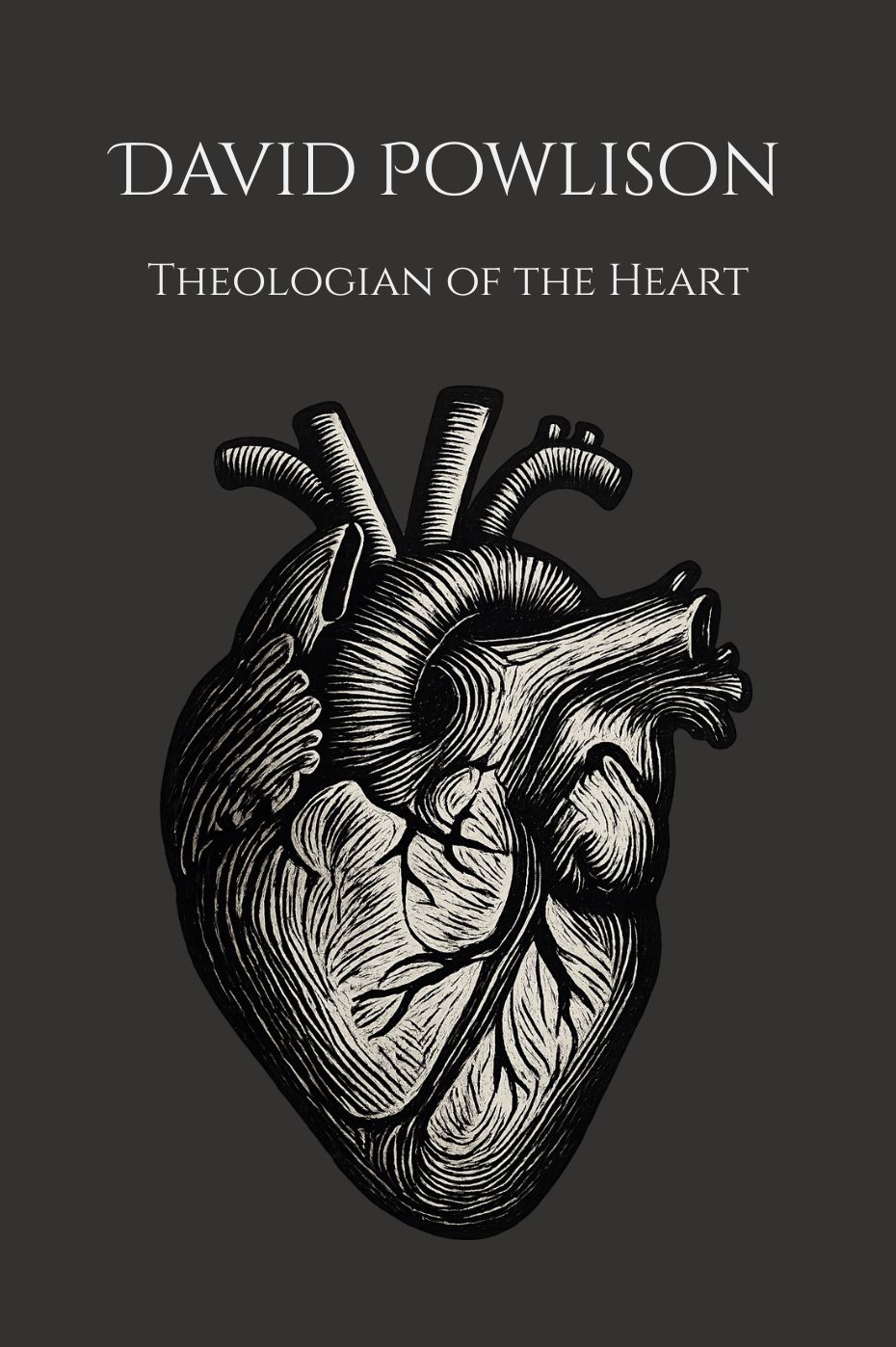Art is deeply and mysteriously comparative. "This is like that" is an expression you could use to view any piece of art—literary, visual, auditory. The comparative phenomenon is behind imagery, metaphor, and all creative expression. This struck me right after I looked up to see a wave of several hundred starlings swirling above a cornfield. "Hmm," I said in the moment. "Life is like a flock of starlings."
How So?
That's the question artists of all sorts need to answer. I began writing in my journal about what it was that struck me about the birds waving like a flag above the seared corn stalks. What is it about this (the starlings) that reveals something about that (life)? No answer surfaced right away. So, I thought of what I knew about these birds: how they respond thirteen times faster than humans, how each bird is synchronized with the seven birds surrounding it, how larger flocks can serve as beacons for smaller ones, lighthouses in the sky, calling for communion. And beyond all this, I pondered the mesmerizing movements—the many turning and twisting and spiraling as one. "Such responsive harmony," I thought.
I could try to map those observations onto patterns of life experience, and there's much to gain from that sort of exercise. But I also know that doing so would be less organic, a breaking apart of notes in a symphony that should never be sundered. What was it in this whole experience that drew me in—not in the sum of its parts but in the one momentary event?
What drives the heart is what makes life worth living.
Transient beauty. That's my answer. Our world is filled with images and movements and sounds that draw us near. But as soon as we draw near, they disappear or transform or wander off. And that's actually part of what makes such things beautiful. It's not a mere list of aesthetic qualities we're searching for; it's the chase. It's something so grand and glorious that it gets our feet churning, following, hoping, longing. What drives the heart is what makes life worth living. If beauty didn't entice us to chase after it, it wouldn't be worthy of the name. It would be too predictable, controllable, pliable. It would not call us out of ourselves. But beauty is what it is because God is who he is.
Beauty and God
In Insider Outsider, I speak often about the beauty of God. I do that because "beauty" is not a word we can understand without God, precisely because beauty is the presence of God. The transient beauty we find around us is the work of his hands, but that work would have no meaning without his personal presence behind it. I'll say it again: without the presence of God, there is no such thing as beauty. Why? Beauty is an experience of the soul that drives us higher and deeper, into the depths of our purpose and passion. Take away that "higher," and there's nothing left.
When I look at the starlings waving in the clouds, I'm witnessing the wild, creative, harmonious presence of God in finite form. It's the sort of thing that looks magical because it evokes something otherworldly. It draws our attention because the infinite God always does that to us. He's our magnetic center, the one to whom we're drawn at all times and places.
At the same time, believing this requires something of me, something I'm often reluctant to give: control. If the infinite God is the beacon of beauty from an eternal world, then I'm part of his tale; he isn't part of mine, as so many people make him out to be. As I've heard one theologian put it, we need to stop putting God in a supporting role in life's drama. He's the lead. We're just so poorly imaginative that we can't see it. But starlings can help remind us. The way they turn and move seems to suggest their playful happiness in being constantly responsive.
And isn't that all of us? Constantly responsive to God. That was how Cornelius Van Til described people. We walk through this world in constant response to God's revelation. In staring at those starlings above the cornfield, I was fully aware of being responsive to the moment.
Like a Flock of Starlings
Life is like a flock of starlings because life is a dynamic response to the ever-revealing God. Moment by moment. Hour by hour. Day by day. We respond. I can only hope that I mirror the starlings in being so highly sensitive to those around me and to the atmosphere of God in which I walk (Acts 17:28).
Like this post? Check out Finding God in the Ordinary

Interested in beauty? Insider Outsider has much to say about the beauty of God.

Note: This post contains affiliate links.








